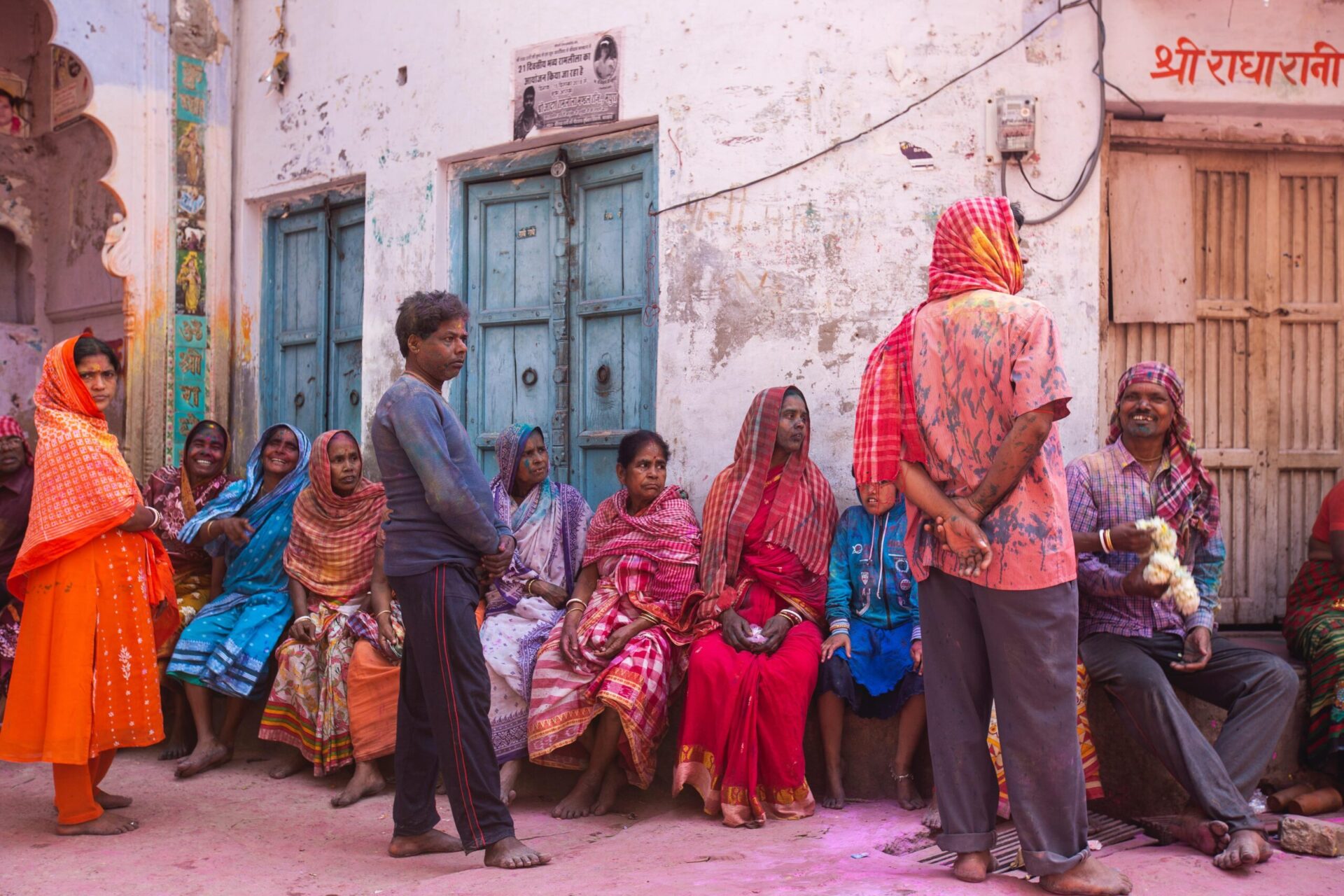Principles for Locally Led Adaptation
Introduction
Local communities are on the frontlines of climate change impacts, yet rarely do they and other local actors have a meaningful enough voice in the decisions that most affect them. The Principles for Locally Led Adaptation were developed by IIED, WRI and ICCCAD from a highly consultative process involving multiple adaptation stakeholders.
Based on over a year of consultations, the Principles advocate for a shift in the status quo from current top-down approaches to a new model where local actors have greater power and resources to build resilience to climate change. They are intended to guide the adaptation community as it moves programs, funding, and practices towards adaptation that is increasingly owned by local actors. Through a community of practice, together these organizations will share progress and lessons learned to enhance the adaptation community’s understanding of what is needed for effective, equitable locally led adaptation.
As of July 2022, over 80 organizations have joined us to endorse these principles, committing to make changes and strengthening existing efforts to meet this urgent adaptation agenda.
This weADAPT article is an abridged version of the original text, which can be downloaded from the right-hand column. Please access the original text for more detail, research purposes, full references, or to quote text.
Principles for Locally Led Adaptation
Find the Principles for Locally Led Adaptation below:
- Devolving decision making to the lowest appropriate level: Giving local institutions and communities more direct access to finance and decision-making power over how adaptation actions are defined, prioritized, designed, implemented; how progress is monitored; and how success is evaluated.
- Addressing structural inequalities faced by women, youth, children, disabled, displaced, Indigenous Peoples and marginalised ethnic groups: Integrating gender-based, economic, and political inequalities that are root causes of vulnerability into the core of adaptation action and encouraging vulnerable and marginalized individuals to meaningfully participate in and lead adaptation decisions.
- Providing patient and predictable funding that can be accessed more easily: Supporting long-term development of local governance processes, capacity, and institutions through simpler access modalities and longer term and more predictable funding horizons, to ensure that communities can effectively implement adaptation actions.
- Investing in local capabilities to leave an institutional legacy: Improving the capabilities of local institutions to ensure they can understand climate risks and uncertainties, generate solutions, and facilitate and manage adaptation initiatives over the long term without being dependent on project-based donor funding.
- Building a robust understanding of climate risk and uncertainty: Informing adaptation decisions through a combination of combination of local, traditional, Indigenous, generational and scientific knowledge that can enable resilience under a range of future climate scenarios.
- Flexible programming and learning: Enabling adaptive management to address the inherent uncertainty in adaptation, especially through robust monitoring and learning systems, flexible finance, and flexible programming.
- Ensuring transparency and accountability: Making processes of financing, designing, and delivering programs more transparent and accountable downward to local stakeholders.
- Collaborative action and investment: Collaboration across sectors, initiatives and levels to ensure that different initiatives and different sources of funding (humanitarian assistance, development, disaster risk reduction, green recovery funds, etc.) support each other, and their activities avoid duplication, to enhance efficiencies and good practice.
Issue Paper: Principles for locally led adaptation (January 2021)
Podcast: Locally led adaptation – a time for action (May – June 2021)
Podcast: Promoting Locally Led Adaptation In Climate Action (December 2020)
Briefing: Closing the learning loop in locally led adaptation (July 2020)
Briefing: Why local leadership matters (October 2020)
WRI webpage: Locally-led action track webpage

(0) Comments
There is no content